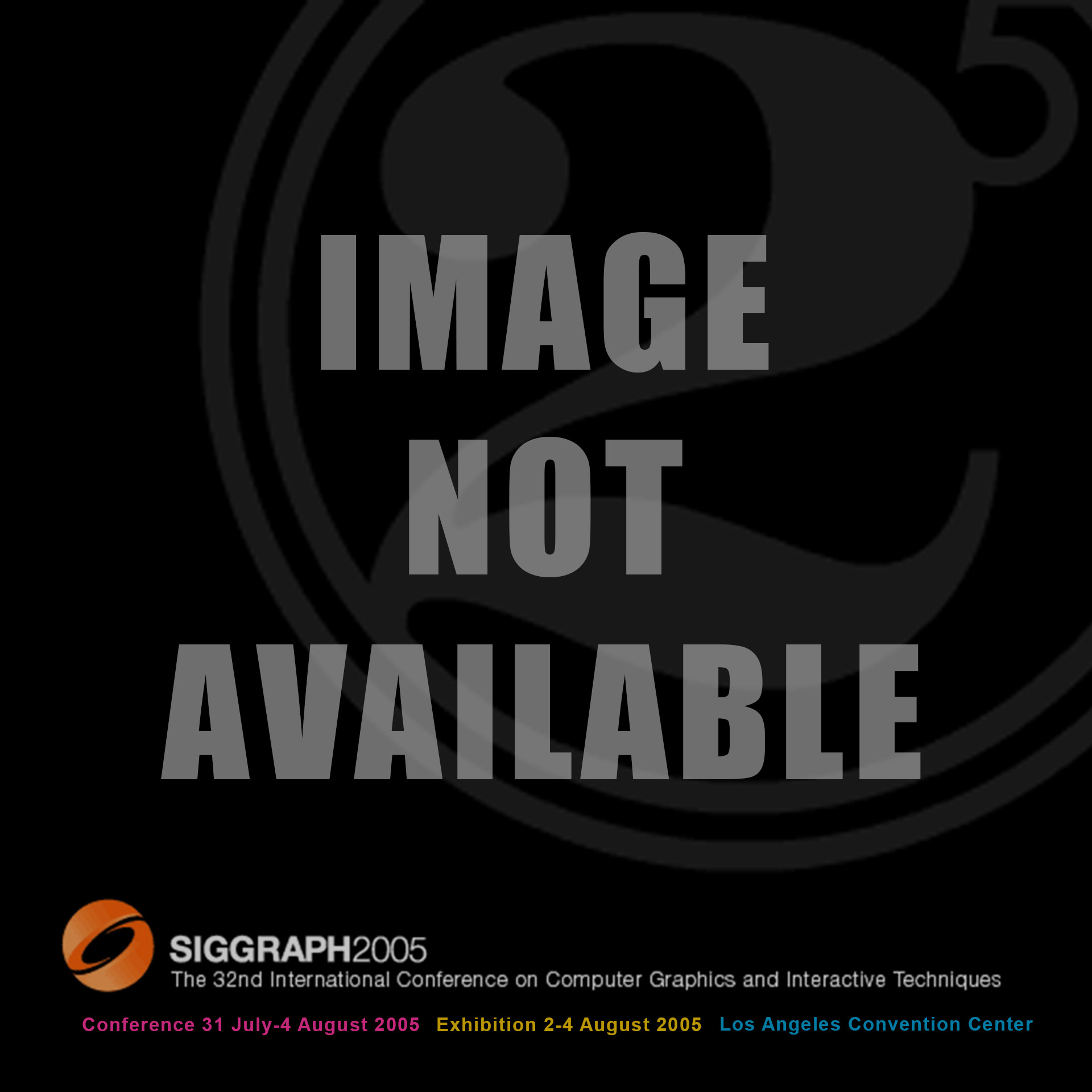“ChemPad: generating 3D molecules from 2D sketches” by Tenneson and Becker
Conference:
Type(s):
Title:
- ChemPad: generating 3D molecules from 2D sketches
Presenter(s)/Author(s):
Abstract:
Molecules are inherently three-dimensional (3D) objects that are represented by chemists on paper and classroom blackboards by a system of two-dimensional (2D) notations. ChemPad, a new Tablet PC application with a pedagogical focus, generates 3D molecular structures from hand drawn digital ink rather than from traditional molecule construction interfaces. Leveraging the gestural power of Fluid Inking [Zeleznik et al. ], ChemPad allows chemists to input molecules in a quick and natural fashion to generate models viewable by the open-source JMol1 molecule viewer. This capability gives ChemPad pedagogical value as shown by our user study of a hundred organic chemistry students who had difficulty with 3D chemistry thinking and used ChemPad to overcome that hurdle.
References:
1. Finn, P. W., Halperin, D., Kavraki, L. E., et al. 1996. Geometric manipulation of flexible ligands. In FCRC ’96/WACG ’96: Selected papers from the Workshop on Applied Computational Geometry, Towards Geometric Engineering, Springer-Verlag, London, UK, 67–78.
2. Joseph J. LaViola, J., and Zeleznik, R. C. 2004. Mathpad2: a system for the creation and exploration of mathematical sketches. ACM Trans. Graph. 23, 3, 432–440.
3. Zeleznik, R., et al. Fluid inking: Using punctuation to allow modeless combination of marking and gesturing. Brown University Tech Report CS-04-11.





